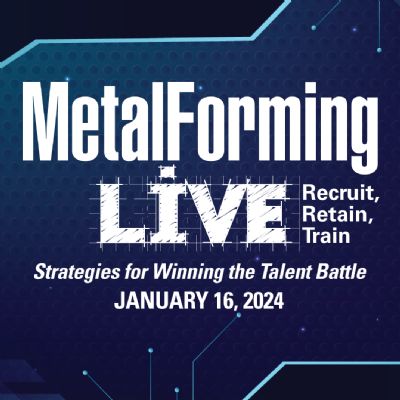 Brad Kuvin
Brad KuvinLook Both Ways Before Crossing
September 1, 2011Comments
Conversations held during last month’s Center for Automotive Research (CAR) Management Briefing Seminars highlighted the automotive industry’s ongoing call for fewer suppliers. I’ve seen analysts call for a 30 to 40 percent shakedown, while Ford intends to cut its supply base in half. Other carmakers speak similarly.
As the supply chains slim, they’ll also be tasked with pulling a heavier load, considering two key factors: projected significant growth in new-car sales and the new CAFE standards. The chain’s links—suppliers at all tier levels—will be forced to form joint ventures, collaborating to boost their technological know-how and capacity.
Apparently, many suppliers already have gotten this message, according to recent research conducted on the automotive supply chain by a team at Case Western Reserve University, in Cleveland, OH. We’re proud to report some of the findings from the project in this issue (beginning on page 30). But before I get to that, let’s focus for a moment on the mission that’s been laid out in front of this ever-challenged industry.
To meet new fuel-economy standards, we’ll continue to hear calls for expanded use of alternative materials to steel for lightweighting—aluminum, plastic, composites, etc. However, I have complete faith that automotive steel will be just fine. For example, a recent press release from the Strategic Alliance for Steel Fuel Tanks describes plans to develop lightweight sealed steel fuel tanks with 30- to 40-percent reductions in mass. I expect to see these next-generation steel tanks in plug-in hybrid and extended-range electric vehicles by 2017, when the new fuel-economy standards begin to kick in.
In addition to lightweighting, other technologies once believed to be on the fringe of the industry are going mainstream, and metalformers had better pay attention. For example, with the refinement of direct fuel-injection technology, turbocharged engines will soon become commonplace. Manufacturers must seek opportunities to not only supply components for these engines, but to collaborate with OEMs on the next generation of turbochargers--compressor and turbine components, for example.
Another area ripe for technology advancement is transmissions. Eight-speed models are commonplace; who knows how many gears the next-generation gearboxes will hold. And, let’s not forget about continuously variable transmissions (CVTs)—no gears here, just pulleys and a metal belt built from high-strength steel stampings. I’m sure there are opportunities for metalformers to collaborate with OEMs to improve CVT performance and durability.
From the researchers at Case Western Reserve University we learn that the best possible future for America’s automotive industry is one characterized by long-term collaborative relationships between firms at all tiers. In the past, fears of collaboration with customers arose due to loyalty’s one- street, as customers were all too quick to ditch a “partner” supplier for a lower-priced competitor. But I’m very happy to report that the Case survey reveals a timely trend: In 2007, 32.2 percent of suppliers believed that their customer would help them match a competitor’s efforts to provide a similar product at a lower cost; that percentage swelled to 41.5 percent in 2011. Consider this evidence that the one- collaborative street may finally be turning into a two- street. Just make sure to look both ways before crossing.Technologies: Management
Comments
Must be logged in to post a comment. Sign in or Create an Account
There are no comments posted. Management
ManagementDOL Announces Nearly $200 Million Allotted for Registered Ap...
Friday, March 1, 2024
 Management
ManagementMetalForming LIVE 2024: Recruit, Retain, Train
Monday, January 22, 2024
 Webinar
Webinar 






 Podcast
Podcast